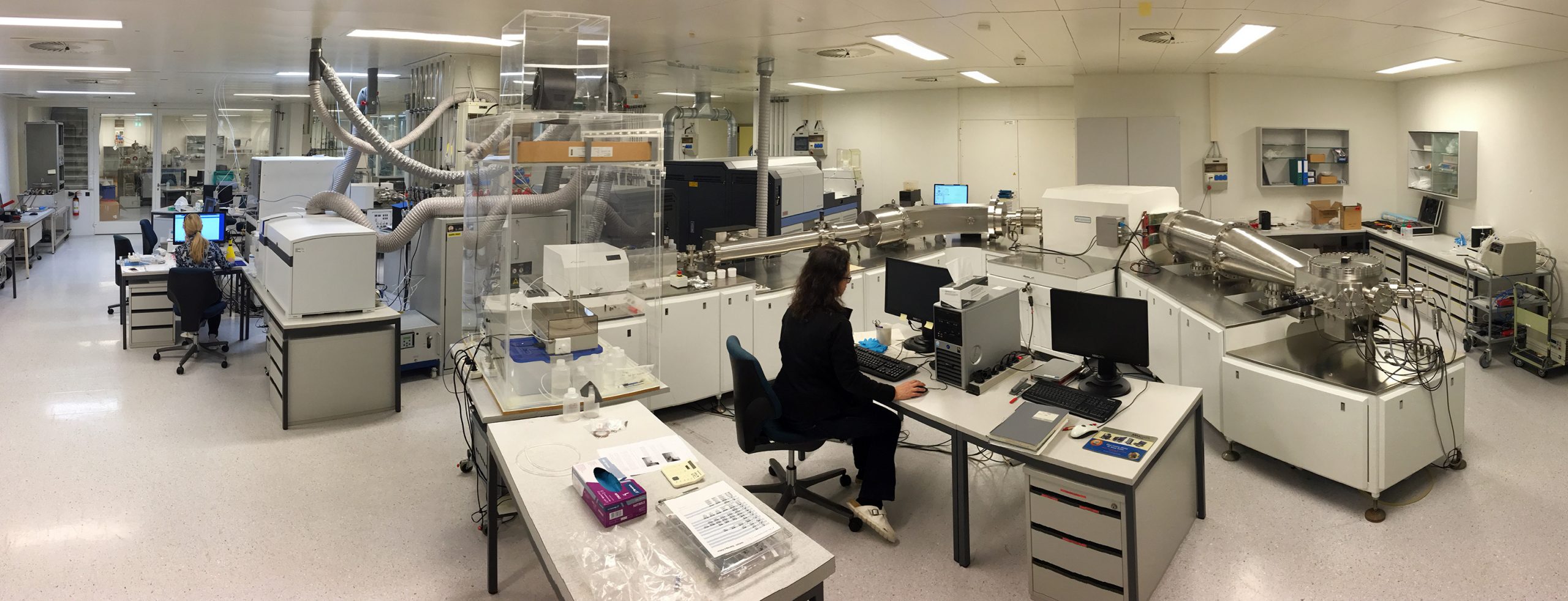TA2 Facility 14 – ETH Geo- and Cosmochemistry Isotope Facility
Average visit: 10 days
The ETH Geo- and Cosmochemistry Isotope Facility (EGC) is exceptionally well equipped with state-of-the-art analytical laboratories and equipment. This assemblage enables the measurement of elemental abundances and isotope compositions for a wide variety of elements. A significant part is specifically dedicated to planetary sciences. Our research focuses on the origin and evolution of our solar system and the terrestrial planets. We explore processes, which occurred before, during and after the formation of the Earth. This includes the formation of the solar system and the Earth, the formation of planetary cores, the creation of the Moon and the development of the first continents on Earth. To this end, we analyse meteorites, terrestrial, lunar and martian samples.
Our facility includes sample preparation laboratories (for mineral separation and sample digestion) and a suite of ultra-clean laboratories for the preparation of terrestrial and extraterrestrial samples. It also features a large array of instruments: four MC-ICPMS (two NeptunePlus, a Nu Plasma II and a large-geometry Nu Plasma 1700), a Triton TIMS instrument, a Thermo Scientific Element XR and a Agilent Triple Quad ICPMS (8800 ICP-QQQ). EGC routinely utilizes following techniques: short-lived isotopes: Mn-Cr, Nb-Zr and Pd-Ag; long-lived isotopes: Re-Os, Sm-Nd, Lu-Hf; stable isotopes: Fe, Ti, Pd, Te and Sn; mass-independent isotope anomalies: Cr, Ti, Fe, Sr, Zr, Cd, Pt.
Contact:
Dr Maria Schönböchler, Institute of Geochemistry and Petrology, Clausiusstrasse 25, CH-8092 Zurich, Switzerland. mariasc@ethz.ch
Report summaries of TA visits to facility
Back to the TA2 Distributed Planetary Laboratory Facility Page






